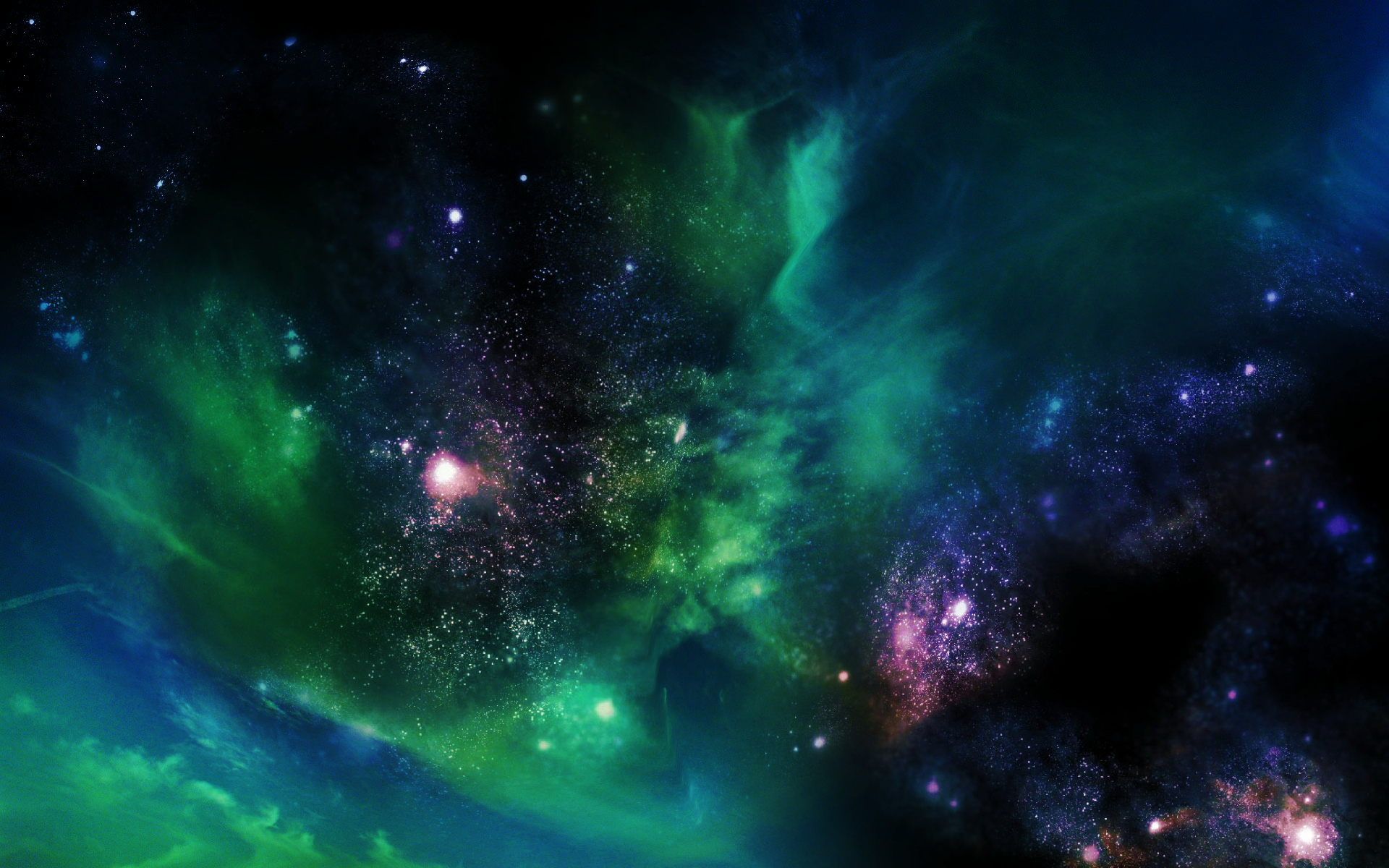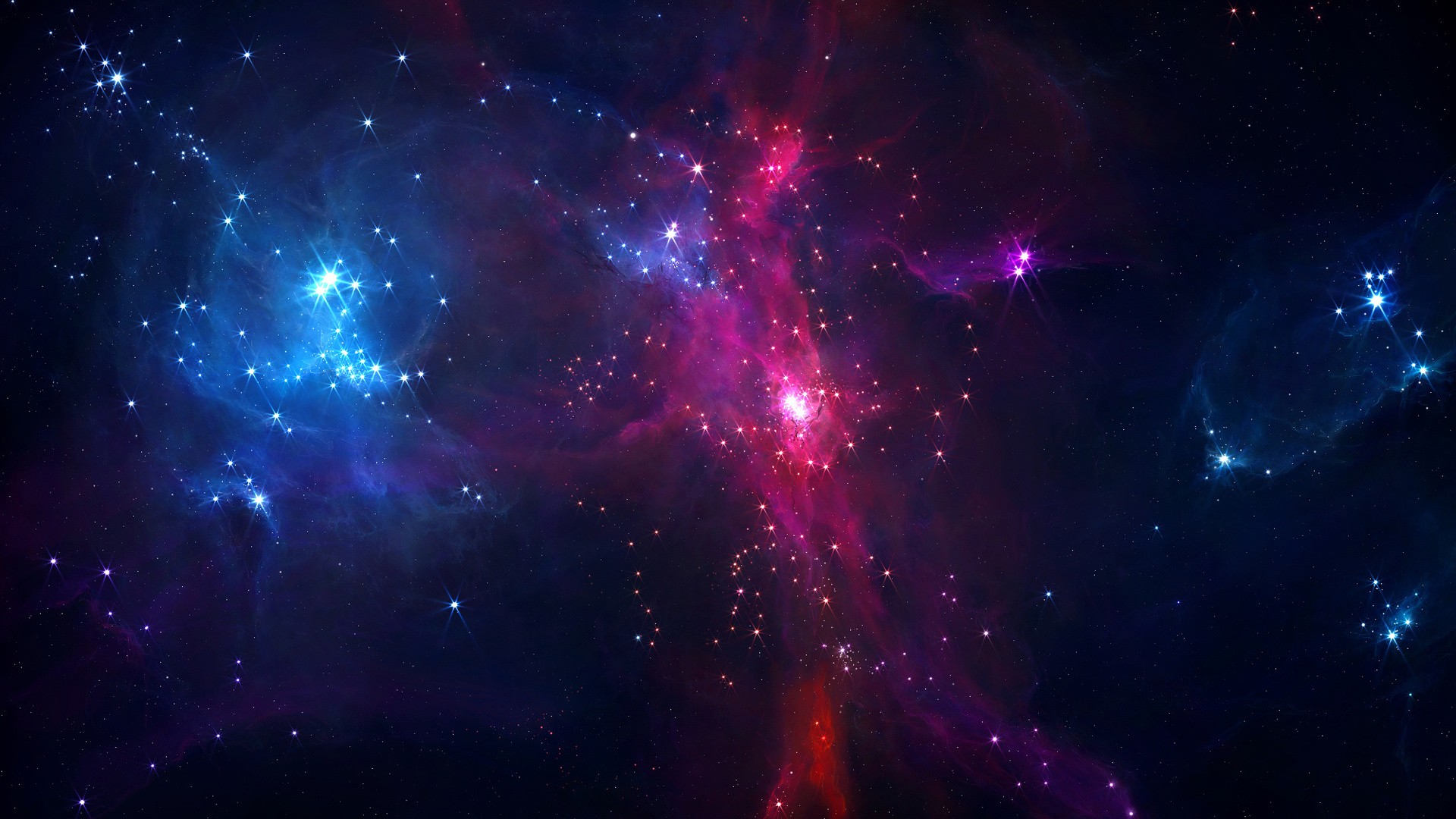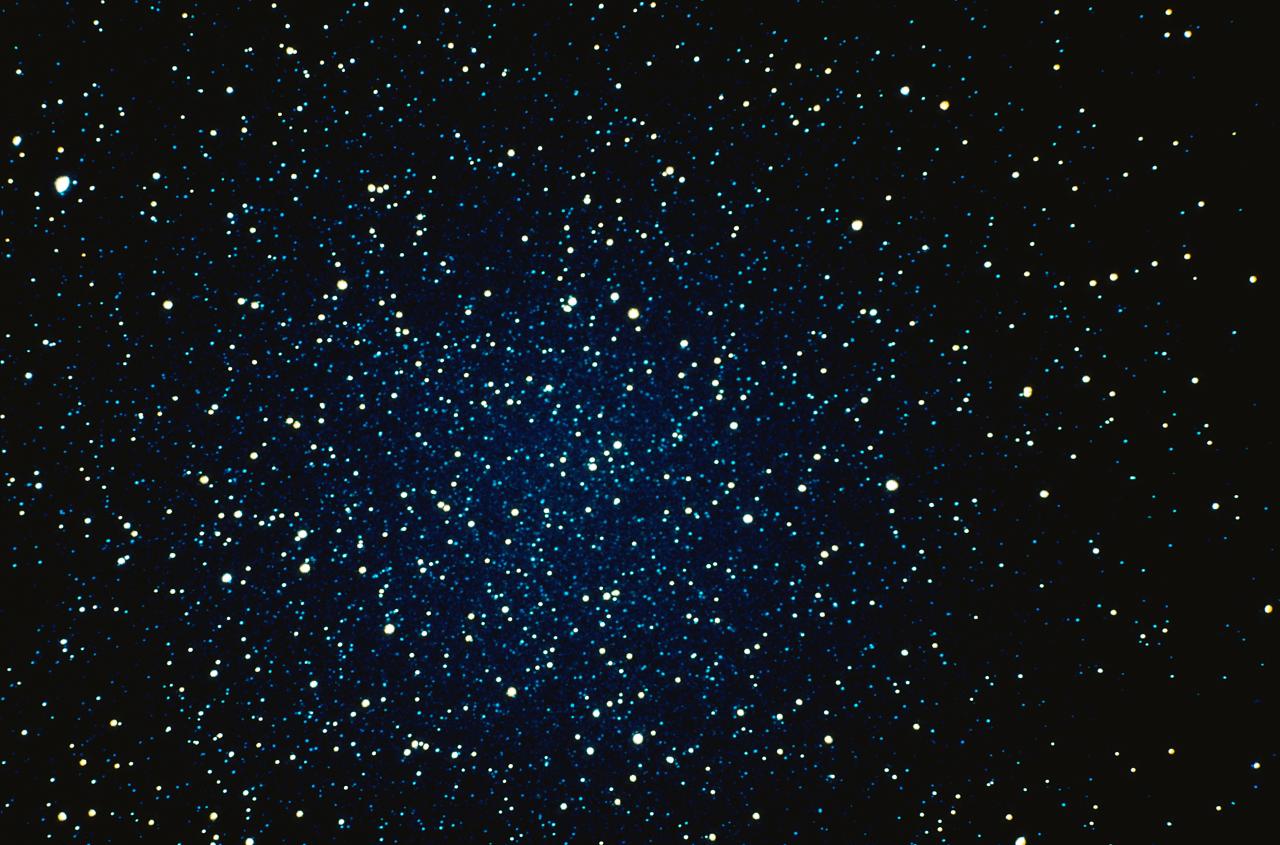
An international team of astronomers has produced the first detailed images of the surface of a giant star outside our solar system.

The Echelle SPectrograph for Rocky Exoplanet and Stable Spectroscopic Observations (ESPRESSO) has successfully made its first observations.

The Very Large Telescope in Chile has taken the deepest spectroscopic survey of space ever, with astronomers focusing on the Hubble Ultra Deep Field.

The ALMA Observatory in Chile has detected dust around the closest star to the Solar System, Proxima Centauri. The data may indicate the presence of an elaborate planetary system.

Astronomers report that they have detected the second most distant dusty, star-forming galaxy ever found in the universe -- born in the first one billion years after the Big Bang. It is the oldest object ever detected by the LMT.

VLBA achievement nearly doubles the previous record for distance measurement within our galaxy.

China’s FAST Radio Telescope Discovers 2 Pulsars During 1 Year Trial Run

A years-long battle over the placement of the Thirty Meter Telescope saw a major development this week, when Hawaii issued the telescope a permit to begin construction on the dormant volcano of Mauna Kea.

Fast radio bursts were first detected in 2001. Since then, astronomers have found a couple of dozen FRBs, but they still don’t know what causes these rapid and powerful bursts of radio emission.

Using the Green Bank Telescope, researchers with Breakthrough Listen recently detected repeating fast radio bursts coming from a distant galaxy.

A new research study by a group of astronomers, based on observation using the VLTI, has created the most detailed map of a star other than the Sun.

weJames Webb telescope will study the “ocean worlds” of Jupiter’s moon Europa and Saturn’s moon Enceladus, the telescope’s observations could also help guide future missions to the icy moons.

Thanks to an amplified image produced by a gravitational lens, and the Gran Telescopio CANARIAS a team of scientists have discovered one of the brightest galaxies known.

The 20 new worlds have been found around eight bright, Sun-like stars by the HARPS Echelle Spectograph instrument, mounted on the 3.6m telescope at the European Southern Observatory in Chile.

The researchers have produced an intricate 3D rendering of newly formed molecules inside the supernova remnant using ALMA telescope.